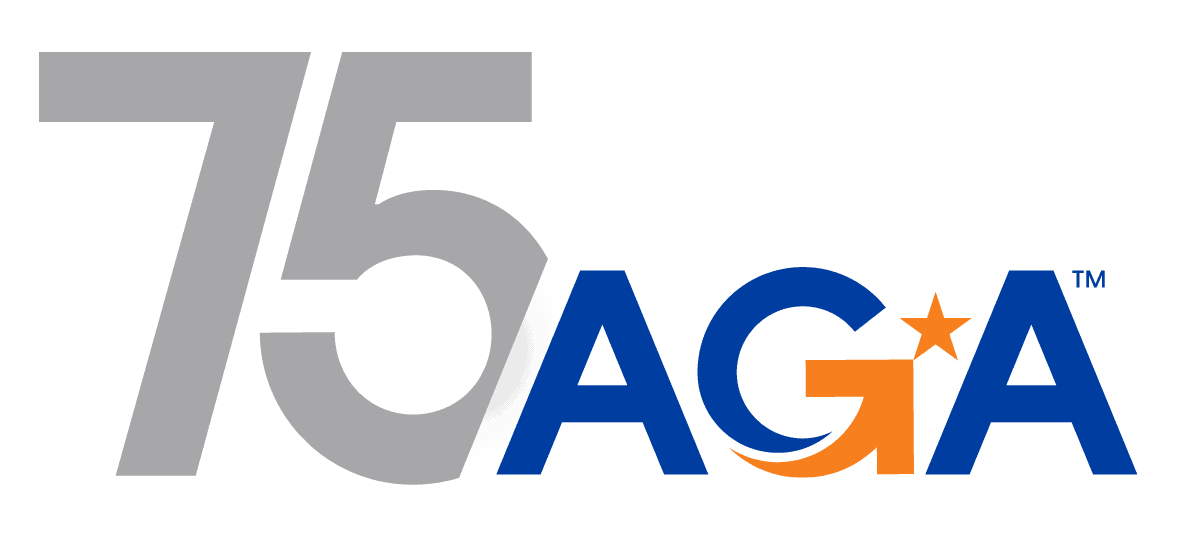Agenda updates in progress, please check back often.
*Times listed are Eastern Time
9-9:10 a.m.
Welcome Remarks
9:10-10:00 a.m.
W100 – AI Governance – Managing AI Risk via Policies, Capabilities, and Tools
As artificial intelligence evolves, industries outside the federal government have been pioneering governance frameworks to ensure ethical and effective deployment. This includes developing and implementing policies to guide ethical AI usage, data privacy, and compliance with regulatory standards, as well as facilitating transparency and accountability for AI-informed decision-making. This panel delves into the successful AI governance models from the commercial sector and explores how to adapt these strategies for federal implementation.
Learning Objectives/ Takeaways: To understand the successes and challenges of AI governance in the private sector, obtain lessons learned from industry practices that can be translated to the public sector, and identify ways to apply similar approaches to the federal government.
10:00-10:50 a.m.
W101 – Success Stories in Implementing ERM Across the Government
This session highlights the positive outcomes that have come from implementing ERM programs across the government, the opportunities that have been identified, and the impact that ERM programs have had on various government agencies. The presenters will discuss real-life case studies, focusing on how their organizations effectively implemented ERM, identified and mitigated risks, and achieved positive business outcomes.
Learning Objectives/Key takeaways:
10:50-11:20 a.m.
Table Discussion
11:20 -11:50 a.m.
Break
11:50 a.m.-12:40 p.m.
W102 – Integrating ERM Concepts to Help Reduce Improper Payments
This session explores the root causes of improper payments across the government and how implementing ERM concepts can help to reduce improper payment rates. The speakers will discuss innovative strategies they have implemented at their agencies to reduce improper payments while leveraging strong ERM programs and concepts.
Learning Objectives/Key Takeaways: Examining improper payments and their impact on the enterprise is a key aspect of obtaining a better understanding of those risk. Implementing strategies based on risks helps an agency become better at managing improper payment risks.
`2:40-1:30 p.m.
Lunch Break
1:30-2:20 p.m.
W103 – Incorporation of Cyber Threats into ERM
This session will explore incorporation of cybersecurity risks into ERM. The increase in cybersecurity attacks means that government agencies need to make sure that cybersecurity risk is appropriately addressed in their ERM programs. NIST has issued several publications to help agencies better understand the relationship between cybersecurity risk and ERM. Agencies can use the NIST publicizations to help them better understand their cybersecurity risk information.
Learning Objectives/Key Takeaways:
2:20 – 2:50 p.m.
Table Discussion
2:50 – 3:40 pm
W104 – Change Management
US federal agencies and their employees are facing significant change, presenting both challenges and opportunities to better align efforts with public needs—if managed well. To move forward, past policies must be adjusted. Effective change management starts with understanding the goal: delivering maximum value to stakeholders. This involves balancing results, resources, and risks. This session will explore how to set strategic goals that balance these factors and break them down into actionable objectives across the agency.
Learning Objectives/ Key Takeaways:
3:40 – 3:45 p.m.

